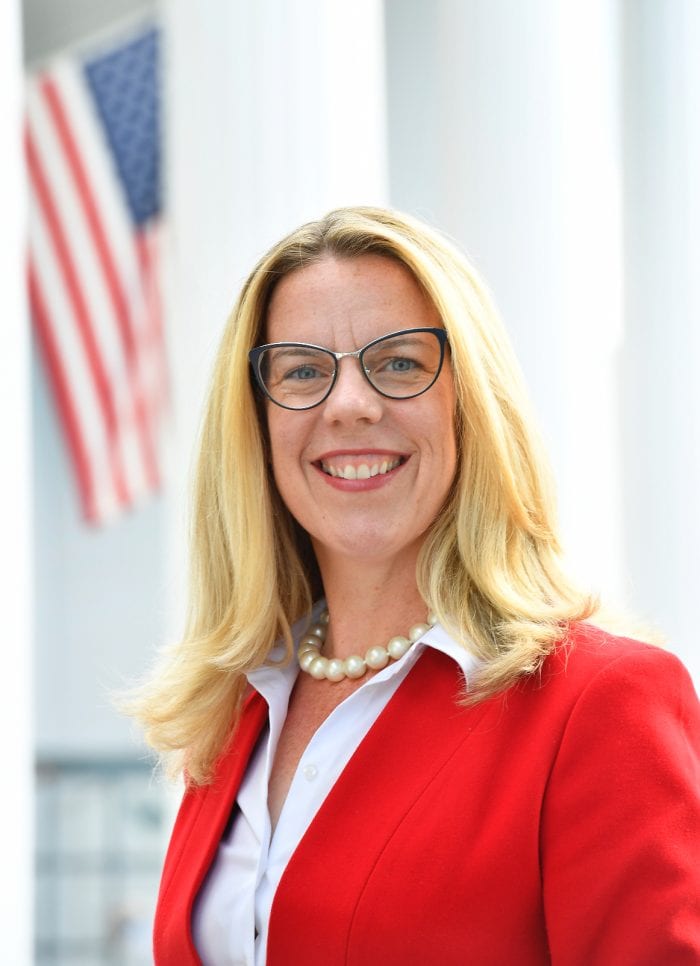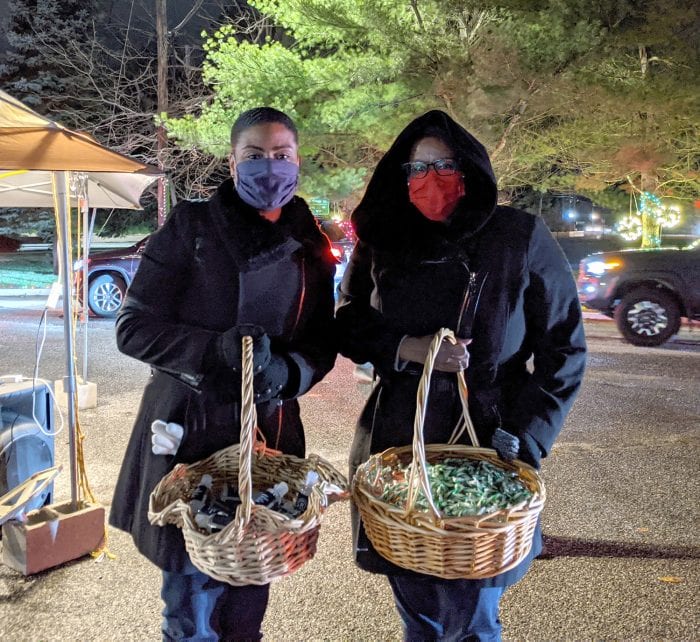By Leah S. Dunaief

Publisher
According to several articles in the media, including in The New York Times, the election of Donald Trump as President is viewed by many women as a setback to the efforts toward gender equality, and they are angry, even distraught.
Gloria Steinem, the feminist activist who is now 90, doesn’t see the defeat of Kamala Harris as a result of her gender. “We don’t know what’s in the heart of each woman” who voted for Mr. Trump, she is quoted in The Times as saying. She goes on to point out the huge gains that women have made over the last half century.
“It is within my memory that it was not possible in many states to get a prescription for birth control unless you were married and had the written permission of your husband, and not possible to have an abortion without some access to an illegal network. Those are huge [advances].”
Looking back to the 1960s and 1970s, few women were decision makers in government, boardrooms or families, according to The Times. “Women had trouble getting a driver’s license or passport or registering to vote, unless they took their husband’s last name. Marital rape was legal. Most could not open credit cards in their own names until the mid-1970s.”
The election has revealed a divide among women. Exit polls indicate that 45 percent of women voted for Trump, including far more white women than black women. For some of those female voters, that suggests ”liberation from feminism.” Others blame those women for betraying the sisterhood by voting for a man who makes sexist and also racist remarks.
All agree. Womanhood in the United States has fractured. Or perhaps the idea that women stick together because of gender is a myth. There have always been women who argued against the right of women to vote and legalization of abortion. Pop culture, personified by Beyoncé and Taylor Swift celebrating the advances of women, apparently does not translate to political culture. The “tradwives” movement on social media, advancing the return of women to submissive wives, has apparently picked up steam.
Perhaps what we can all agree on is the right to choose and live a self-actualized life.
What some women have chosen is an interesting individual choice: to sideline men from their lives.
The Times points out that there has been an explosion in the number of women that say they are deleting dating apps, taking vows of celibacy, identifying as “self-partnered,” writing divorce memoirs and expressing profound disillusionment with heterosexual marriage and “decentering men” to focus on self-improvement and platonic relationships.
South Korea’s 4B movement, which “encourages women to reject dating, marrying, having sex with and having children with men,” as explained in The Times, has attracted attention among women who didn’t vote for Trump. “Online women are exhorting one another to abandon men as self-protection; [to] buying a vibrator; or even a gun.”
“Disappointed by the defeat of another female nominee, some feel numb resignation, while others—particularly young women online—are channeling their disappointment into anger against men as a whole.”
Almost sounds like a movie plot, doesn’t it? Except, as Times’ reporter, Marie Solis, states, “Peering into the vast gulf between the political views of men and women, the latter group isn’t so sure it has much in common with the former.” That doesn’t make for a good society in which to live. One book on the subject: “The End of Men,” subtitled “And the Rise of Women” by Hanna Rosin.
Steinem offered a bit of advice as a coda. ‘Focus on equality in the workplace, and treat daughters the same as sons,” to which she added, “The lesson is less in the national and world atmosphere and more in the home and employment atmosphere in which we have some control. We shouldn’t give up the power we have.”




















